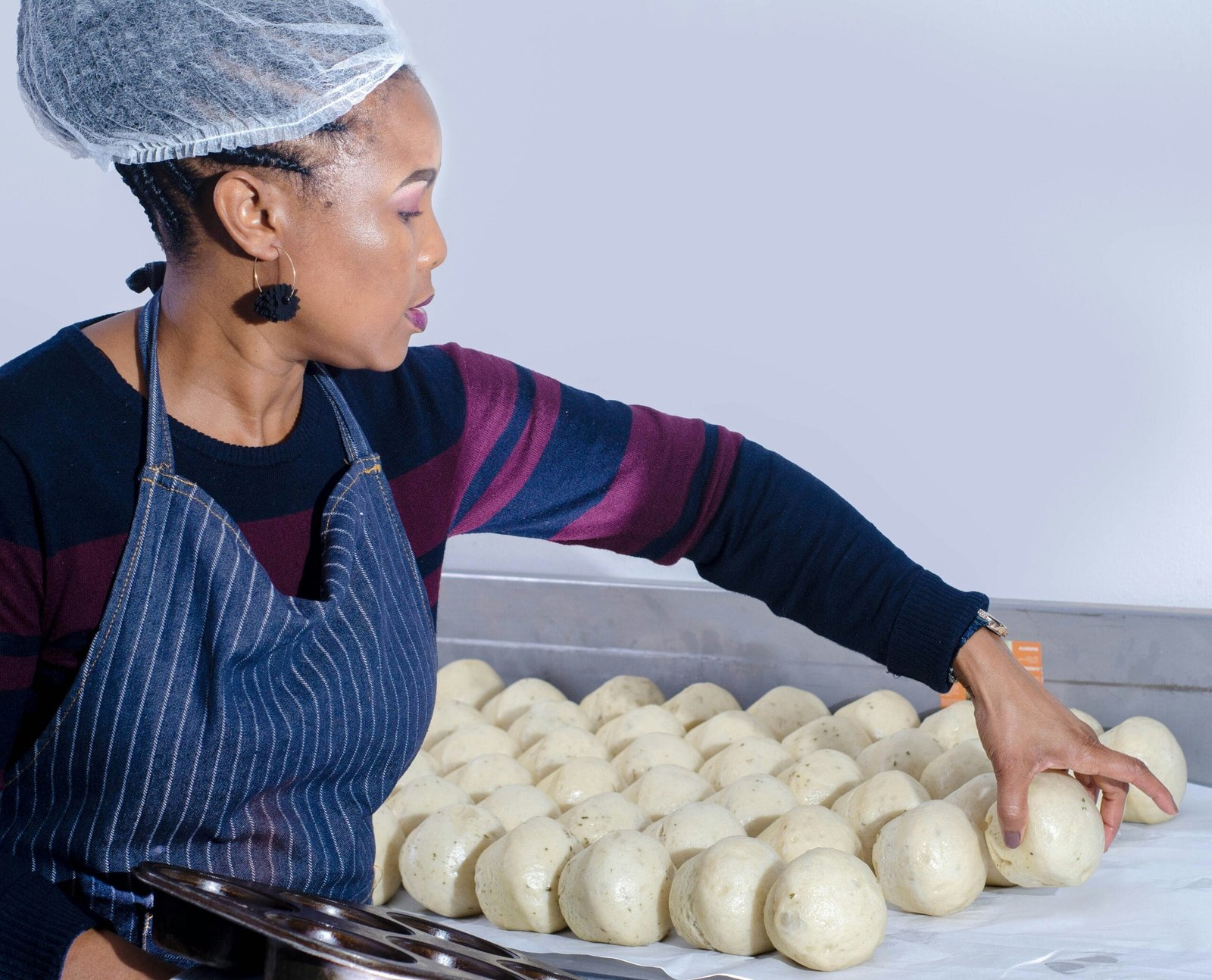Introduction to Momos: Origins and Cultural Significance
Momus, a dish often characterized by its delightful combination of a thin dough wrapper and a savory filling, holds significant historical and cultural importance in the Himalayan region. Its origins trace back to Tibet, where it was traditionally prepared as a staple food that provided sustenance in the harsh mountain environments. Over time, momos have transcended their initial confines of Tibetan cuisine, morphing into a popular delicacy across neighboring countries such as Nepal, Bhutan, Bangladesh, and India.
The introduction of momos to these regions represents not only culinary exchange but also the cultural amalgamation that occurred due to historical interactions. Following the 1959 Tibetan uprising, a considerable migration of Tibetan people took place, bringing their customs and culinary practices with them. As these migrants settled in various parts of the Himalayas and beyond, they established a sense of community anchored by the traditions associated with momos. In many ways, these dumplings have become a symbol of home and cultural identity, resonating deeply with those seeking connection to their heritage.
In the Himalayan context, momos serve more than just a gastronomic purpose; they signify communal bonding and the sharing of experiences. Families often come together to prepare momos, engaging in a collaborative cooking process that reinforces social ties and cultural narratives. Furthermore, these dumplings are frequently found at local festivals and celebrations, underlining their role in marking significant life events and rituals.
As such, momos have evolved from their humble beginnings into a beloved and readily accessible food, cherished as both a snack and a full meal. Their versatility and adaptability continue to captivate the palates of many, making them an enduring symbol of the rich culinary heritage of the Himalayan region.
The Variations of Momo: Shapes, Dough, and Fillings
Momos, the iconic Himalayan dumplings, are celebrated for their unique shapes, simple yet versatile dough, and an array of fillings that cater to diverse palates. The traditional Tibetan momo typically takes on a distinctive half-moon shape, which is achieved by folding the dough around the filling in a crescent form. Conversely, Nepali momos are often fashioned into a round shape, which may appeal to those who prefer a slightly different aesthetic and texture. This diversity in shape not only allows for visual distinction but also influences the cooking method and taste experience.
The dough of momos is generally made from a basic mixture of flour, water, and a pinch of salt. This uncomplicated combination results in a chewy yet tender exterior that holds the filling securely. The key to achieving the perfect texture lies in the kneading process, which enhances the elasticity of the dough. As a result, different regions might notch up variations by incorporating other ingredients into the dough or altering the preparation techniques, leading to an array of textures to suit regional tastes.
When it comes to fillings, the adaptability of momos is truly remarkable. Traditionally, fillings have included regional favorites such as yak meat, which brings a distinctive flavor profile characteristic of the Himalayan regions. However, as momos have transcended geographical boundaries, innovative vegetarian options have emerged, incorporating ingredients like mushrooms, potatoes, and a spectrum of fresh vegetables combined with spices. These adaptations not only highlight the cultural exchange taking place through food but also demonstrate how momos have evolved to satisfy modern dietary preferences while remaining a staple of Himalayan cuisine.
Cooking Techniques: From Steaming to Frying
When delving into the culinary world of momos, the cooking techniques employed play a crucial role in defining the dish’s characteristic flavors and textures. The most prevalent method is steaming, which serves not only to cook the dumplings but also to enhance their moisture content. Steaming allows the dough to become tender while ensuring that the filling retains its juiciness, resulting in a deliciously flavorful bite. This method also allows for the natural flavors of the ingredients to mingle, creating a harmonious blend that elevates the overall taste experience.
To steam momos, a dedicated steamer is often utilized, though improvisations such as using a colander set over a pot can also work effectively. The dumplings are typically arranged on a layer of parchment paper within the steamer, preventing them from sticking and allowing for even cooking. The steaming process usually takes about 10 to 15 minutes, thus providing a quick method of preparation that yields superb results.
In addition to steaming, various alternative techniques enhance the versatility of momos, allowing for a wider range of culinary creativity. Pan-frying is a popular alternative that results in crispy bottoms while maintaining a soft texture on top. This technique often involves frying the momos in a small amount of oil before adding water to create steam, allowing for a delightful contrast between textures. Deep-frying takes this crispy aspect a step further, providing a golden, crunchy exterior with a succulent filling inside.
Moreover, momos can also be incorporated into soups, transforming this beloved dish into a comforting meal. By adding steamed or fried momos to a flavorful broth, they not only contribute unique flavors but also serve as a substantial element to the dish. Hence, whether one opts for the traditional steaming method or explores the possibilities through frying or soup preparation, the diverse cooking techniques reflect the enduring popularity of momos across different cultures.
Moments of Contemporary Culinary Art
The evolution of momos into contemporary cuisine is a testament to their adaptability and universal appeal. Initially a traditional dish from the Himalayan regions, momos have permeated urban landscapes, particularly in Indian cities where flavors, textures, and preparation styles have diversified significantly. Today, momos are not simply limited to their traditional meat fillings; they have embraced a plethora of vegetarian options, making them accessible to a broader audience. This shift has contributed to the dish’s rising popularity, leading to the establishment of momo eateries that offer a range of fillings such as paneer, mushrooms, and various seasonal vegetables.
A remarkable aspect of the momo’s journey through contemporary cuisine is its integration into local cultures, which has given rise to regional adaptations. Cities like Delhi, Mumbai, and Bangalore now boast their unique takes on this humble dumpling, incorporating local ingredients and culinary techniques. For instance, the addition of spices unique to specific geographic locations has enhanced their flavor profile, marking a departure from the traditional recipes that once defined them. Furthermore, the influence of street food culture has positioned momos as a go-to snack for urban dwellers seeking quick and flavorful meals.
The role of accompanying sauces further accentuates the momos’ stature in contemporary culinary landscapes. Sauces like achar and sepen have become essential components, complementing the dumplings and enhancing their overall flavor experience. These accompaniments allow for a customizable experience, enabling individuals to tailor the flavor intensity according to personal preferences. As culinary trends evolve, such sauces and chutneys offer a bridge between traditional and modern cuisine, solidifying momos’ status as a beloved culinary icon not just in the Himalayan region but also in diverse culinary spheres worldwide.


